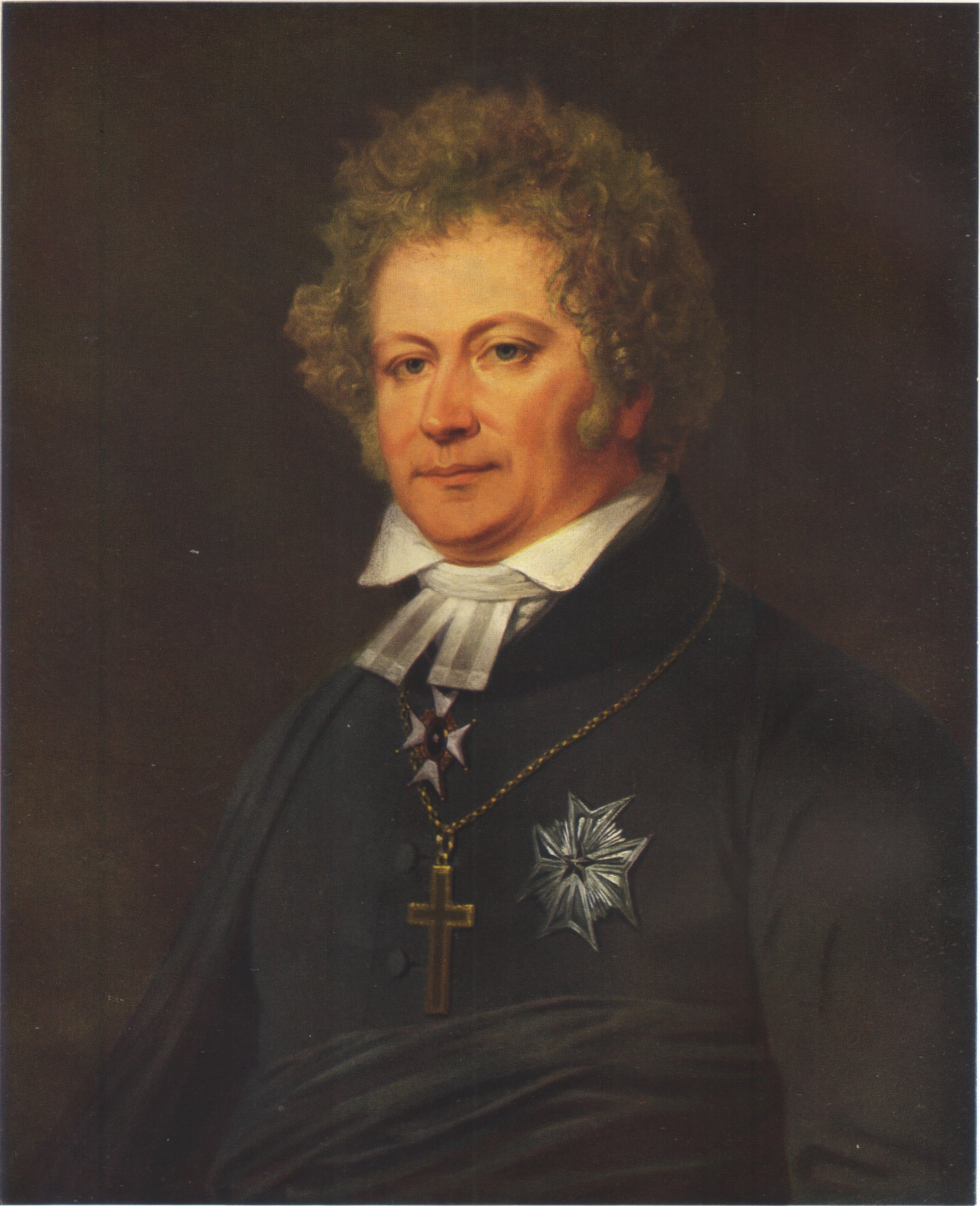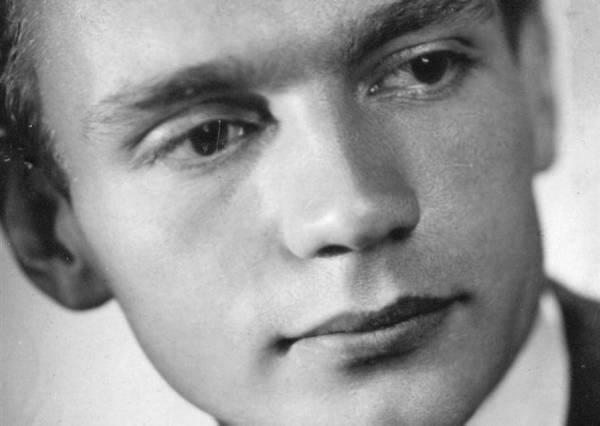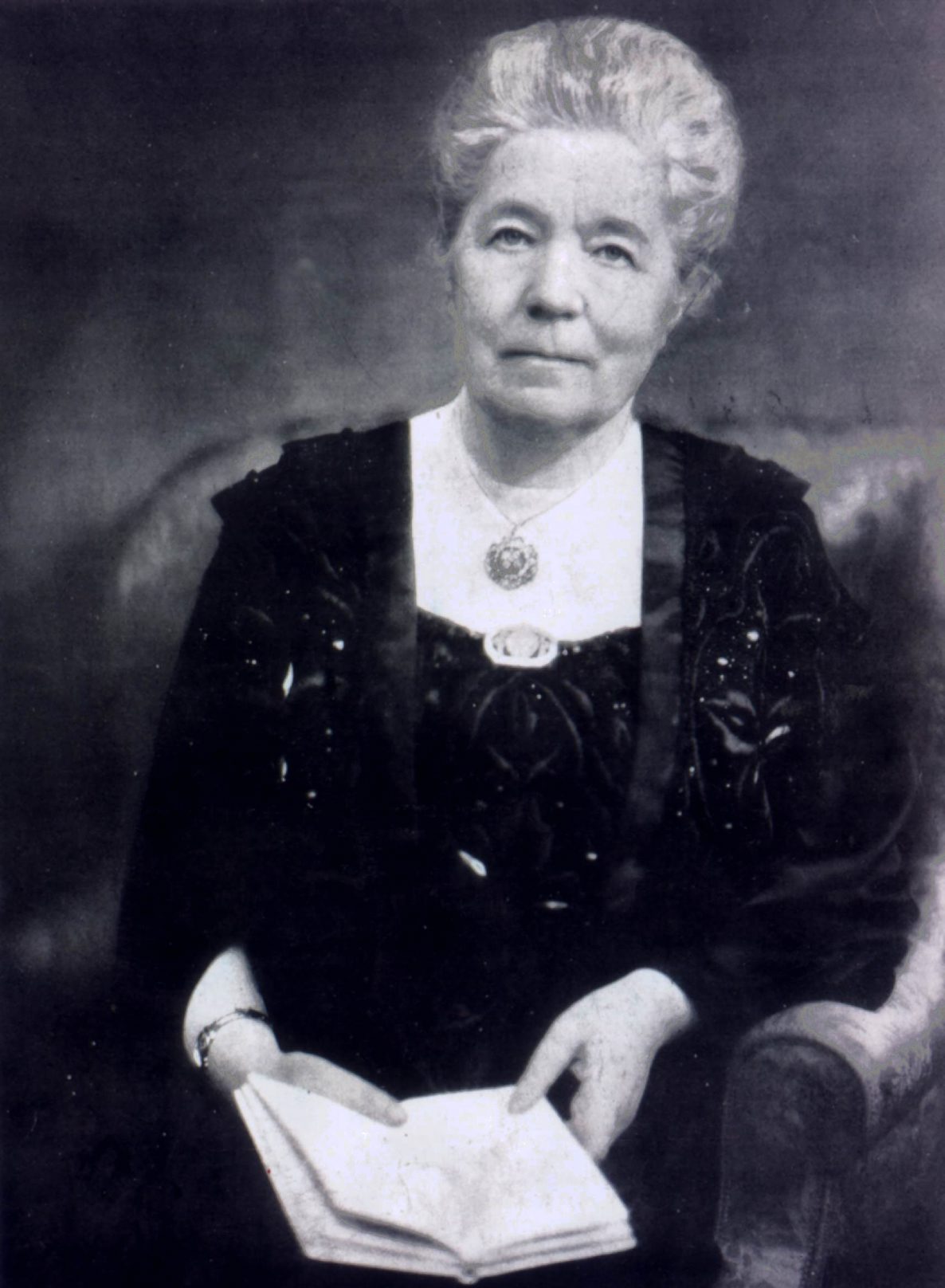The world loves Swedish literature
..not just Larsson or Mankell but the much earlier Dagerman, Lagerlof, even Tegnér, and the greatest of all: Astrid Lindgren.
-
 Did you think Swedish literature that is famous abroad was limited to names such as Stieg Larsson, Henning Mankell and Astrid Lindgren? Then think again. In the early 19th century, Esaias Tegnér (1782-1846) was big in Germany, admired by non other than Goethe.
Did you think Swedish literature that is famous abroad was limited to names such as Stieg Larsson, Henning Mankell and Astrid Lindgren? Then think again. In the early 19th century, Esaias Tegnér (1782-1846) was big in Germany, admired by non other than Goethe. -
-
A column in daily Svenska Dagbladet caught our eye: “Världen älskar svensk litteratur.” In it Jesper Sundén writes that size isn’t always everything: “Compared to the world languages, Swedish is a very small language with its little over 9 million users. But if you view the language from literary importance, then it’s different. Swedish is one of the world’s leading ten literary language sources—that is to say, the language from which literature is being translated.”
-
 And troubled author Stig Dagerman (1923-1954) is a favorite among several Nobel Prize winners.
And troubled author Stig Dagerman (1923-1954) is a favorite among several Nobel Prize winners. -
-
Much more than Larsson or Mankell
Sundén acknowledges popular authors like Stieg Larsson and Hennning Mankell, who together have sold more than 100 million books, but continues to say the success with Swedish literature is older and wider than Larsson and Mankell. He points to a new anthology called “Svensk litteratur som världslitteratur” (Swedish Literature as World Literature), edited by Johan Svedjedal. In the early 19th century, the Germans, for instance, were hooked on thrillers from Sweden. Esaias Tegnér’s “Frithiofs saga” was admired by Goethe himself for its combination of barbarism and sensitivity; just a year after the Swedish publication of the book (1820), three separate German translations were published. At the turn of the century, there were all of 18 German translations. -
 As is Selma Lagerlöf (1858-1940).
As is Selma Lagerlöf (1858-1940). -
The Nobel influence of Nils
Fast forward 80 years and we arrive at Nils Holgersson, who after his wonderful adventure through Sweden went on a world tour, and his traces from it are still visible: Polish Nobel Prize Winner Czeslaw Milosz as well as Japanese author Kenzaburo Oe both testify to being enormously influenced by Selma Lagerlöf’s 1906 “Nils Holgerssons underbara resa genom Sverige” (“The Wonderful Adventures of Nils”). And when French Le Monde listed the most important literary works of the 20th century, Nils was one of them. Not bad for a boy from Västra Vemmenhög. -
Greatest of them all
But the greatest literary export success from Sweden remains Astrid Lindgren with 145 million books sold worldwide. Astrid Lindgren, author and great human being, purveyor of sunshine, forever.
However, there are also Swedish authors who are not bestsellers who have found their way to the hearts of foreign literature lovers. One such author is Stig Dagerman. In France, Dagerman has inspired Têtes Raides, a rock band that set the author's texts to music; and the Nobel Prize winner Jean-Marie Gustave Le Clézio was spellbound, he has said, by Dagerman’s 1945 “Ormen” (“The Snake”). Another Nobel Prize winner, Elfriede Jelinek, writes about her admiration for Dagerman in the latest issue of Parnass. Sundén concludes by saying that he even suspects last year’s Nobel Prize winner Mo Yan to be inspired by Dagerman. And if so, “The Swedish language would climb yet a few steps on the list of the greatest literary language sources.” -
Discovering, or rediscovering, Sweden through the prism of prominent fictional characters has become quite popular among Sweden tourists in recent years: Swedish Literary Destinations
-
-
-
